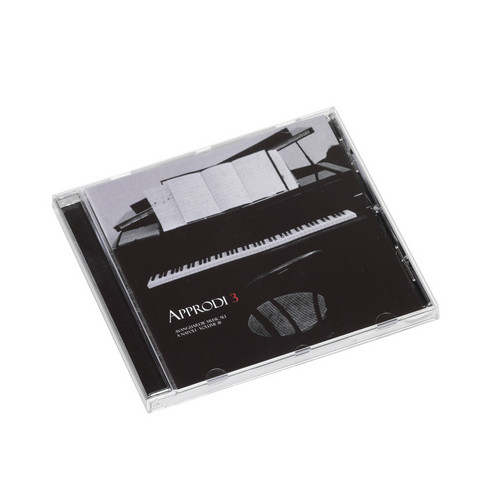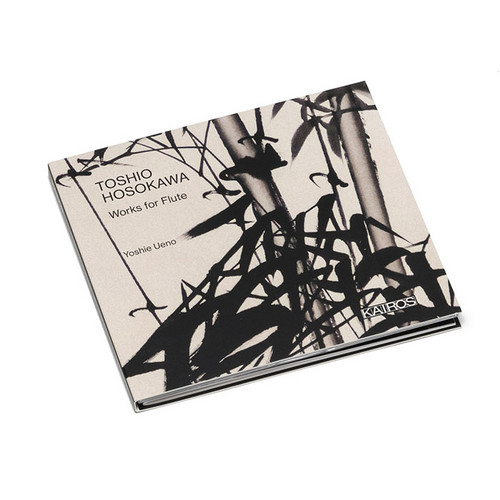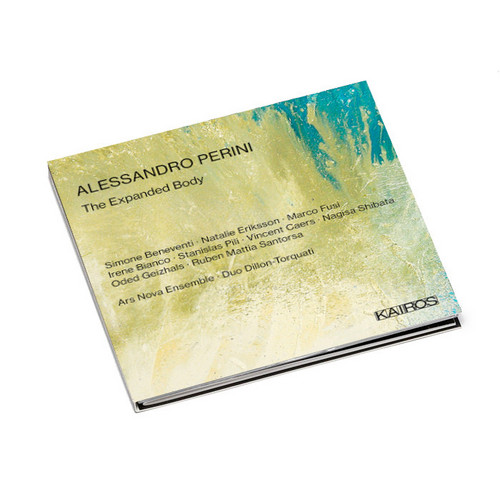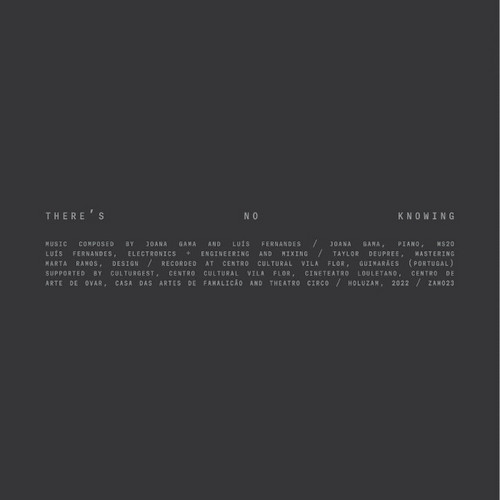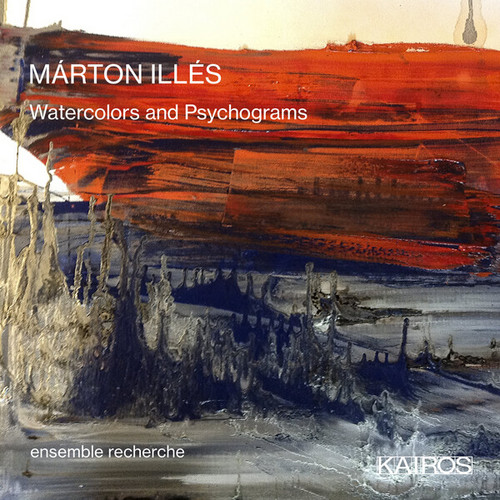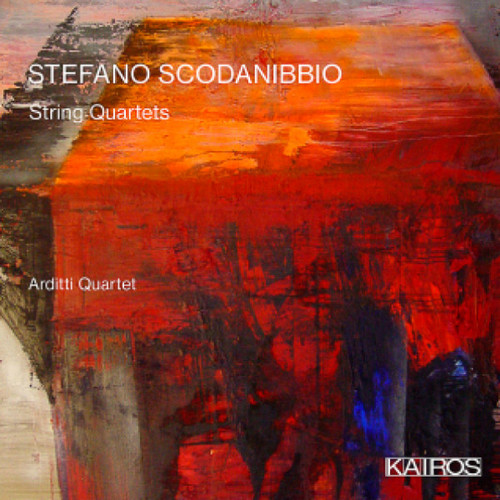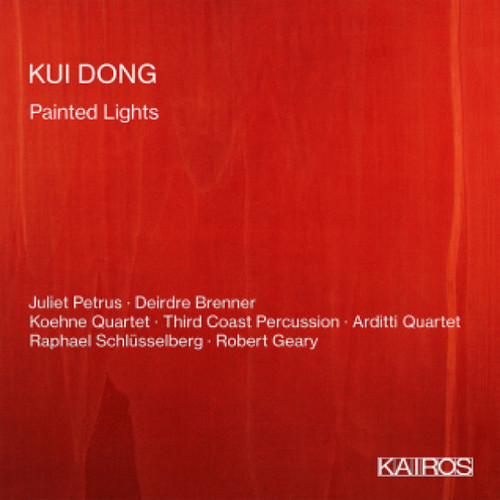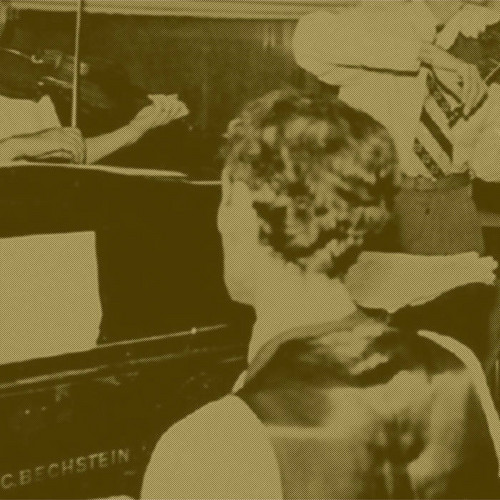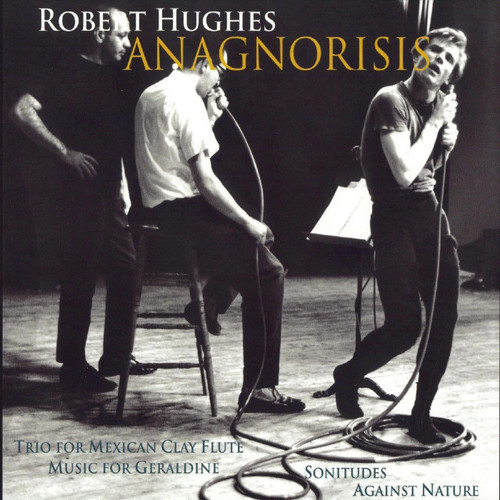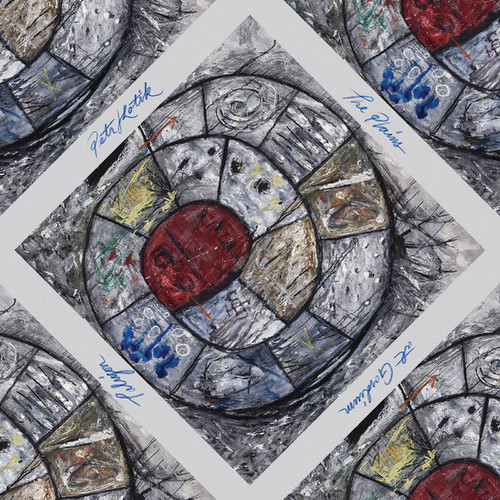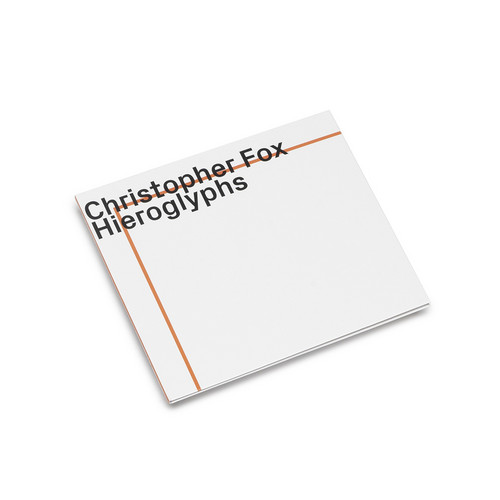Approdi 3, Avanguardie Musicali a Napoli - Volume III
**300 copies** Konsequenz has released a new anthology that offers another incredible window into the Napoli’s remarkable experimental endeavours, another essential artifact for any fan of Italian border and avant-garde musics.
Avant-garde and experimental musics are intrinsically connected to community, collectivism, support, and collaboration. Audiences and artists, stretching to every corner of the globe, continuously rely on each other to push into ever more ambitious realms. This spirit of …
Works for Flute
Toshio Hosokawa explains his special interest in the flute as follows: “For me the flute is the instrument which can most deeply realise my musical ideal. The flute can produce a sound by means of the breath, and can be a vehicle by which the breath transmits the sound’s life-power.“ When playing the flute, the breath flow is directed upon a sharp edge or notch. The resulting vibrations excite the air contained in the resonant cavity within the flute, which can be heard as …
The Expanded Body
This CD by Alessandro Perini combines electronic sound manipulation with the creation of electromechanical and electroacoustic instruments and a reflection on sound environment, tending toward the exploration of unusual compositional solution. In short, it is experimental music and as such, it deserves to be listened to and commented upon. A few words about the composer. Alessandro Perini is a young musician: he studied composition (with Luca Francesconi and Ivan Fedele among others), electroni…
L'Afrique Et L'Asie D'Après Tiepolo
Inspired by frescos by Giovanni Battista Tiepolo painted in the residence of Würzburg, again two so rich universes of intoxicating sonorities. Let us quote the composer: “Nothing is more inclined to suggest space than color, which becomes the true mean of the musician”. Difficult to imagine two pieces as dissimilar as this Africa and this Asia. Tiepolo's allegorical depictions of Africa and Asia inspired the French composer Hugues Dufourt (*1943) to write two of his most powerful ensemble works.…
There's no knowing
**300 copies** Starting with an open dialogue seems like a good way to approach a collaboration. Almost a decade ago, that’s how Joana Gama (piano) and Luís Fernandes (electronics) started to work together, and both quickly understood that it was an ideal moment to develop and explore new paths in their music. “There’s no knowing” is their fifth album, 50 minute piece in which the two artists' have a dialogue while interacting with the void and silence around them. The origin of this work explai…
Rana, Ritual And Revelations
Diverse works from the 80s & 90s by composer and harpist Anne Lebaron. Taking inspiration from amphibians, peyote ritual, bowerbirds, and Noh theater, and performed by a plurality of ensembles, some including Lebaron herself, in these compositions animal, technology, and ritual are collided into something like Southern cyborg shamanism. Lebaron was a student of Ligeti, first catching his attention with “Concerto For Active Frogs” in which the musicians, dressed in green plastic bags, perform a g…
Works for Cello and Piano
With their 2018–2019 Isang Yun Recording Project, ItalianCellist Luigi Piovano and Pianist Aldo Orvieto pay homageto the late Korean composer and the tragic course of his life. “The events that marked Isang Yun’s life emblematically show the miserable short-sightedness of the human being, unable to act authentically and with love towards others, in striving for a common good and reach a common spiritual elevation. When confronted with the exceptional musical depth and the dramatic power of Isang…
Musiche per il "Paradiso" di Dante
"Salvatore Sciarrino's Musiche per il "Paradiso" di Dante is divided in three movements:
Alfabeto OscuroThe alphabet mentioned in the title (as if speaking, it’s written at the top of the score) refers to the language of sounds that desperately tries to transfigure into words: the orchestra seems to want to talk,” writes Sciarrino. “The nature of the instruments would not allow it, yet they obsessively act, and we hear almost without understanding. Almost. In their lack of humanity, the machines…
Watercolors and Psychograms
"In the works of Martón Illés from the early 2000s, physically perceptible energy, gestural force, and visual conceptions of the sonic are already present. After 2010 the composer drew further implications from these for his work: since then, his musical thinking has no longer been based on fixed pitches, but rather on sounds – either as acoustic manifestations of imagined lines or as gestures modeled on the physical. The way he actually implements this by means of instruments is impressively de…
String Quartets
Defining the character of a composer’s music is always hazardous, especially if the composer is restless. But around Stefano Scodanibbio’s music we often return to the concept of wandering, which moreover reflects his life. This is testified by his writings, which tell us how travel, lack of stability, desire were factors to be found written or improvised in his works. An important and restless philosopher introducing the volume that collects those writings (Not enough for me, Quodlibet, 2019) g…
Painted Lights
Painted Lights, a new album of compositions by Kui Dong is now available on Kairos Music. The record, which features performances by Juliet Petrus, Deirdre Brenner, Third Coast Percussion, Arditti Quartet, Koehne Quartett, Volti, Piedmont East Bay Children's Choir, Robert Geary, and Raphael Schlüsselberg, comprises four pieces of chamber and choral music written by Dong between 2009 and 2017. California Shoreline (2017) for soprano, string quartet and prepared piano opens the album, followed by …
Selected Improvisations From Golha, Pt. I
Tip! A collection of stunning Persian-tuned piano pieces cut from Iranian national radio broadcasts made for the Golha programmes between 1956 & 1965... Morteza Mahjubi (1900-1965) was a Iranian pianist & composer who developed a unique tuning system for the piano which enabled the instrument to be played in all the different modes and dastgahs of traditional Persian art music. Known as Piano-ye Sonnati, this technique allowed Mahjubi to express the unique ornamental and monophonic nature of Per…
Anagnorisis
Robert Hughes, composer and author, is a graduate of the University of Buffalo (now SUNY Buffalo) and composition student of Aaron Copland, Carlos, Chavez, Luigi Dallapiccola, and Lou Harrison. He has written for symphony orchestra, chamber ensemble, voices, performance art events and a wide variety of media, including twenty film scores and a large body of electronic music. His compositions include commissions from the San Francisco Symphony, Cabrillo Music Festival, Oakland Symphony, Arch Ense…
Music For The Kama Sutra
*2022 stock* Robert Hughes, composer and author, is a graduate of the University of Buffalo (now SUNY Buffalo) and composition student of Aaron Copland, Carlos, Chavez, Luigi Dallapiccola, and Lou Harrison. He has written for symphony orchestra, chamber ensemble, voices, performance art events and a wide variety of media, including twenty film scores and a large body of electronic music. His compositions include commissions from the San Francisco Symphony, Cabrillo Music Festival, Oakland Sympho…
Solar One/The Watts Towers
Other Minds is excited to bring you an EP of two archival works from Bay Area composer Charles Boone. Both pieces take their inspiration and titles from man-made landmarks across California. Solar One from a monumental power station near the desert city of Barstow, The Watts Towers from Simon Rodia’s outsider art masterpiece in the Los Angeles neighborhood of Watts. In much of his work, the composer seeks to create sonic landscapes that are simultaneously static and dynamic. Certain elements, ha…
Diamanda Galás
Long out of print, Diamanda Galás' incendiary 1984-released second album is available once more, remastered by Brooklyn's Heba Kadry
The Plains At Gordium
The Plains at Gordium was composed from June to August 2004 and is dedicated to Charlotta Kotik. The incentive to compose the piece came from a percussion group in Brno, Czech Republic, who asked me for a piece of music. Not being a commission-disciplined composer, I wrote a piece for six percussionists, while the Czech group, DAMA-DAMA had only four members and could not perform it. The size of the piece also defies the scale of a standard percussion piece, 1,290 measures over a 108-page score.…
Hieroglyphs
"‘Hieroglyph’ is a word that history has gradually prised away from its linguistic roots as the Greek term for sacred carvings. Over time it came to be associated principally with the enigmatic symbols found in Egyptian burial sites and because these symbols resisted translation for so many centuries the word hieroglyph became a synonym for incomprehensibility. It was the discovery of an artefact – the socalled ‚Rosetta Stone‘, containing both hieroglyphs and parallel texts in other scripts – th…
Because a circle is not enough
music for bowed string instruments consists mostly of music composed by Malcolm Goldstein (b. 1936) between 2018 and 2019 while living in Montréal, Québec. The impulse to compose this series came from Goldstein’s experience as a teacher and performer of Béla Bartók’s 44 Duos for Two Violins (1931). Whereas Bartók’s series features a clear progression to the pieces, gradually increasing in technical and musical complexity from beginning to end, music for bowed string instruments has no such seque…
3 String Quartets
Tip! Starting with his music of the 1960s and early 1970s, with works such as For 1, 2 or 3 People (1964), the Prose Collection (1968–71), and Changing the System (1974), Christian Wolff (b. 1934) quietly re-invented chamber music. He created music in which the activities of the performers— timing, cueing, assembling and selecting materials—were foregrounded. Although to some extent these activities were always a part of classical music, Wolff opened them up for creative decision-making by the m…
